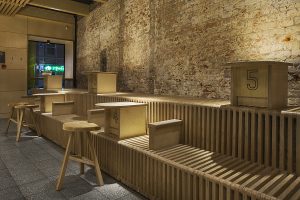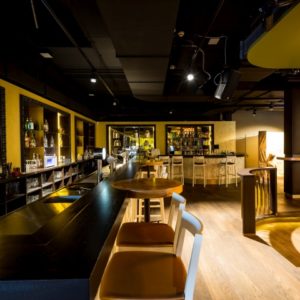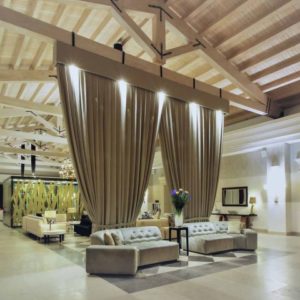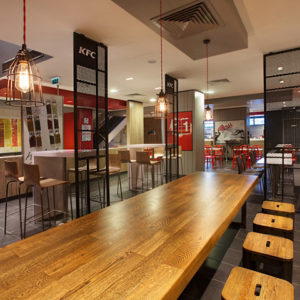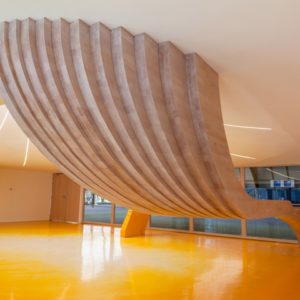
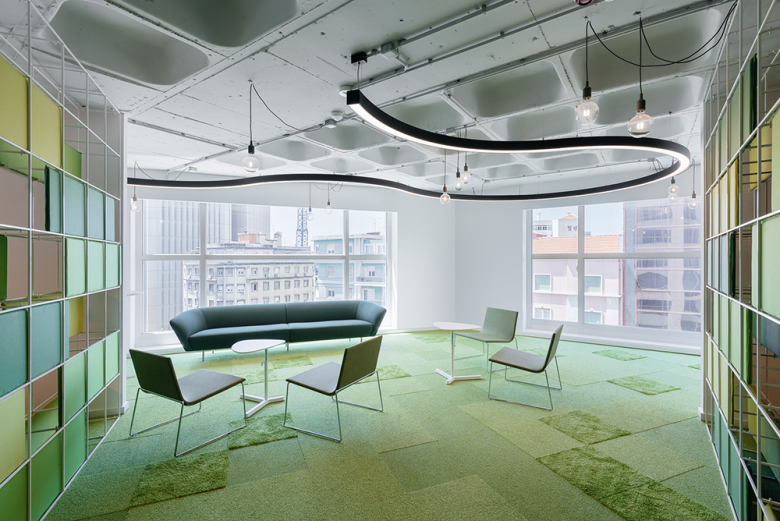
It is safe to say that living in large urban areas, most of the sounds surrounding us are accidental, and most of them are not very pleasant. According to Julian Treasure, chairman of The Sound Agency, sounds can affect us in many ways: physiologically, psychologically, cognitively, and behaviorally, reducing productivity in workspaces and even affecting sales in retail stores. Therefore, paying attention to acoustic comfort in the built environment is imperative, not only for engineers and consultants but also for architects.
As already addressed in this article, indoor acoustic quality is dependent on how well sound sources are controlled. Exterior, interior, impact, and equipment noises are transmitted through the air or building fabric. How the human ear perceives sound directly depends on levels of reverberation and absorption within the building. In this article, we will explore different interior architecture projects and various ways of applying acoustic materials, seeking to understand the options available and the forms of application.
First of all, as explained in this article, we must understand that all materials have some acoustic performance, either reverberation or absorption. This means that all surfaces in a space have an impact on the acoustic comfort of the environment, whether they are floors, ceilings, and walls, or objects such as tables, chairs, benches, artwork, and even the people inside. Consequently, many different types of solutions can be combined and implemented according to the needs of the environment.
For example, places like restaurants, which are closed and very crowded with people talking, require a lot of acoustic protection. The Barril Restaurant by Paulo Merlini arquitetos, for example, features a roof made of pinewood slats, 20mm apart from each other, with acoustic material on the top of these slatted panels. With this solution, they transformed the whole ceiling into a sound-absorbing panel, managing to reduce the reverberation noise by over 80%. In addition, the other surfaces in the restaurant are also mostly made of wood and bricks, which provide effective noise control.
In this other project, kOi Restaurant by box: architects, however, the construction materials are more reflective, such as stone and porcelain tiles, so the solution was to use acoustic elements on objects such as seat cushions and the decorative fish scales on the wall. The Zadkine Fashion Learning Workshop by Krill-Office for Resilient Cities and Architecture also uses this approach, opting for felt curtains to separate the workspaces, which helps to reduce the noise of machines and people without losing the sense of collectivity.
Offices and other work environments also require special attention to acoustics, particularly in open-plan offices. Such places often use acoustic solutions on every possible surface. This project for the engineering consultant CTE by Superlimão uses walls, ceilings, and floor finishes to achieve acoustic comfort, combining artificial and natural materials like wood. Each space has its demand, and for each demand, there is a different solution. In the meeting rooms, which are also used for conferences, the architects focused on the walls, while in the large work areas with several people, they focused on the floors and ceilings.
In this other project by Superlimão, the Populos Office, the ceiling tiles are also used as partitions for workspaces, a delicate and visually appealing solution for the interior. On the other hand, in large open-plan offices with many workstations, projects usually invest in the design of statement ceilings, as seen in DMDV’s Dentsu Aegis Network office, which features a double-height ceiling with hexagonal cloud panels.
Furthermore, the configuration of the floor plan can also play an important role in noise control. In this project for the OLX Offices by Pedra Silva Arquitectos, clusters with different spaces and programs allow more control over the work zones in the open space and provide better acoustics. Other acoustic materials were also incorporated into the ceilings, floors, and walls. According to Julian Treasure, open-plan offices without sound treatment can experience a productivity decrease of as much as 66%, since it is quite difficult and unhealthy to work in noisy environments, so a workspace design should be extra conscious of acoustics, providing many options, from more private spaces to collective spaces.
When we think about acoustic comfort, we immediately think of busy places such as restaurants and offices, however, there are also quiet spaces that need sound treatment and soundproofing, like the Rockery for Play – Poly WeDo Art Education / ARCHSTUDIO, for example. This school for children features cave-like classrooms with wood finishes that ensure acoustic quality. Another project that takes advantage of geometry and the reflective properties of wood is AnLstudio’s The Suit, a convention center that needs to adapt to many different purposes and enhance the sound capacity as requested by the client. The multifaceted surface provides optimal sound transmission in the overall space.
Finally, these projects show a series of manufactured artificial materials, natural materials like wood, and even noise-reducing glass to provide acoustic comfort and sound isolation, but projects that use rustic and raw natural materials are hard to find. The interior design of the Home Theater Studio by Sfurna Designs relies on locally manufactured perforated bricks and vernacular techniques of bonding to achieve the desired acoustic quality. In addition to the exposed masonry, they also used wood panels and sound-absorbing floors and ceilings.
Acoustic comfort is important in any kind of project, from large work environments to a couple’s bedroom. Isolating exterior noises and conducting interior sounds is a challenge that can be managed with good design and by choosing the right materials, whether natural or specialized building materials available on the market. Learning about the best and most popular solutions can inspire us to start incorporating these techniques and improve our architecture and the quality of life of those who use it.
Written by Giovana Martino | Translated by Tarsila Duduch
Reference List:
TREASURE, Julian. 2009. The 4 ways sound affects us. TED TALKS.
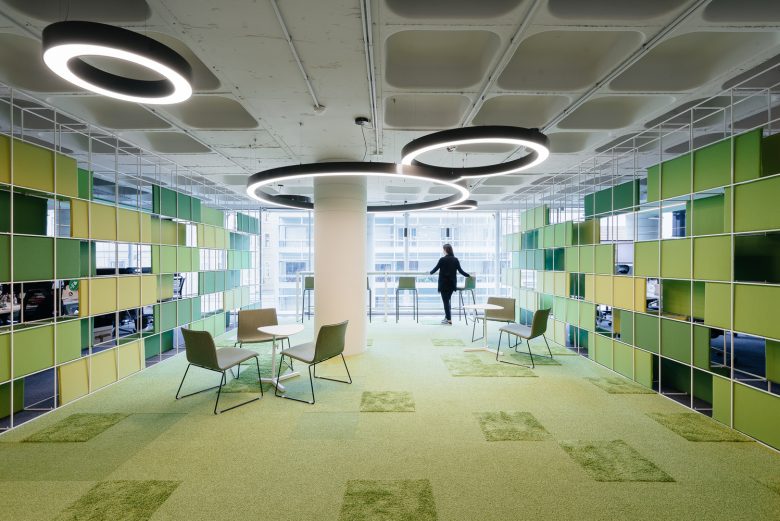


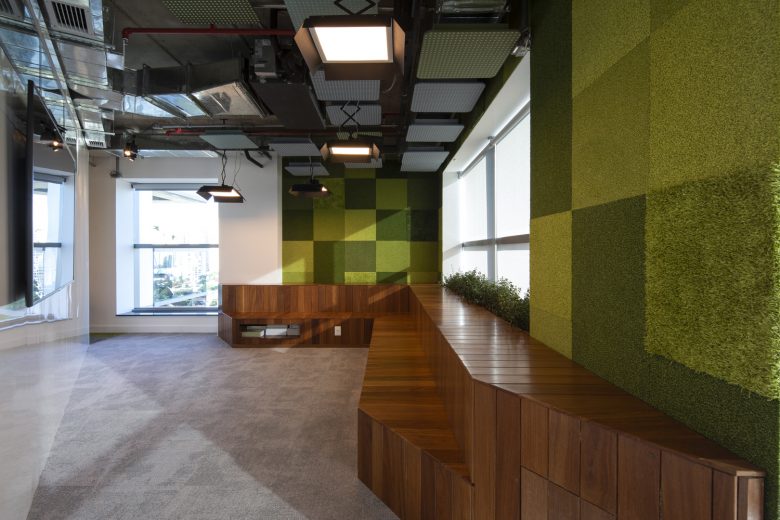

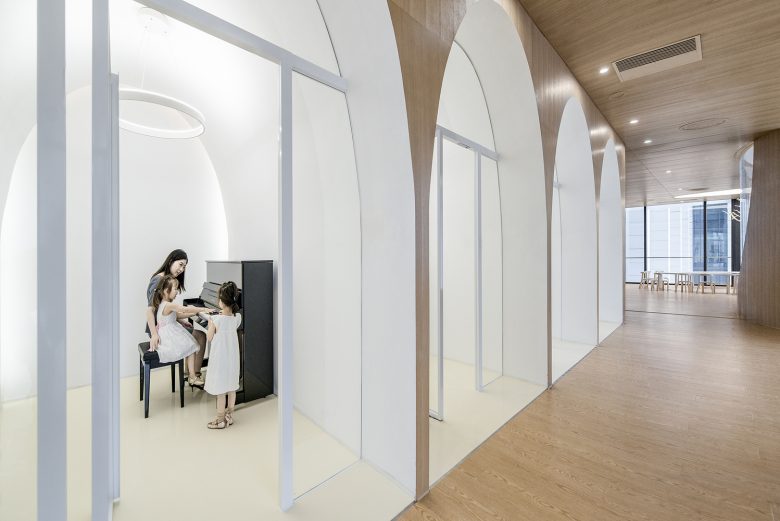
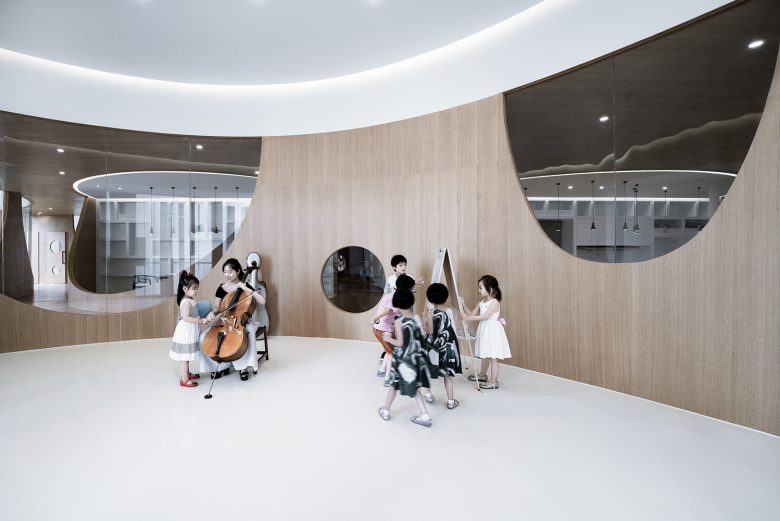

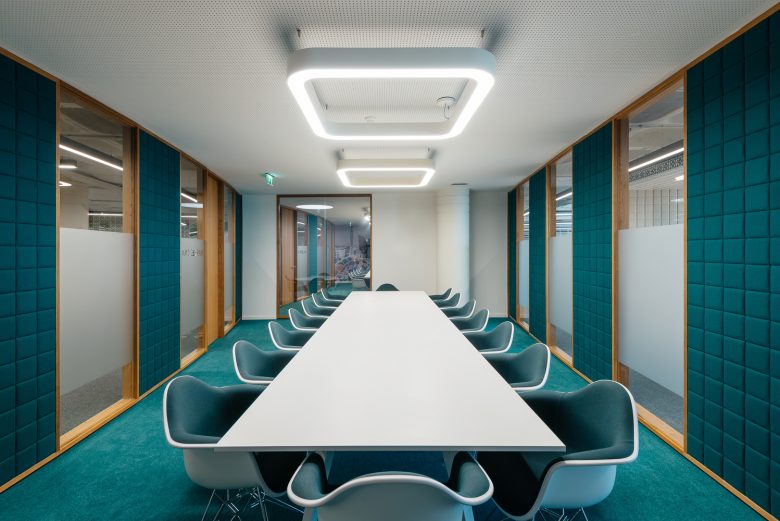
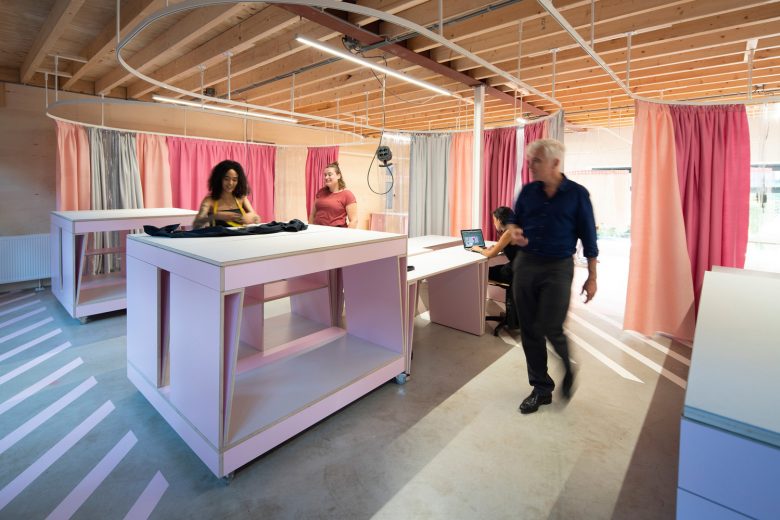
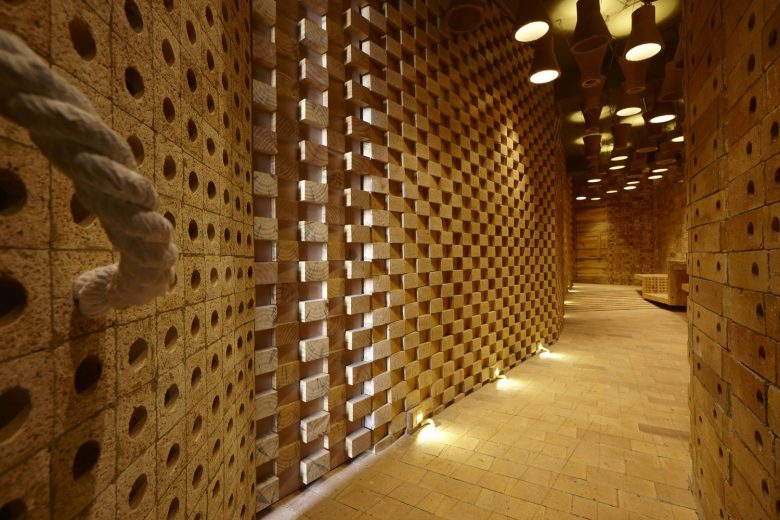

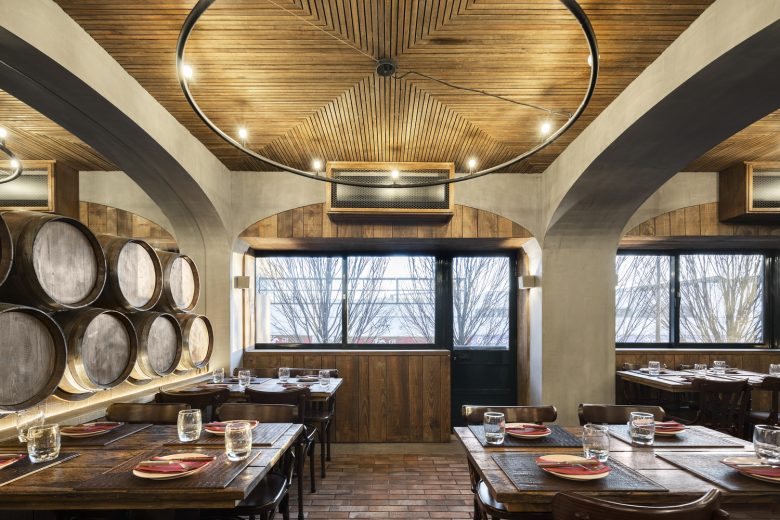
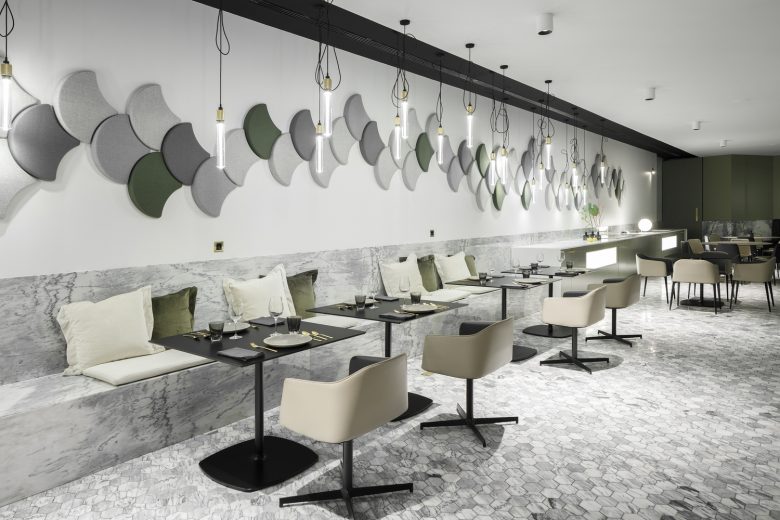
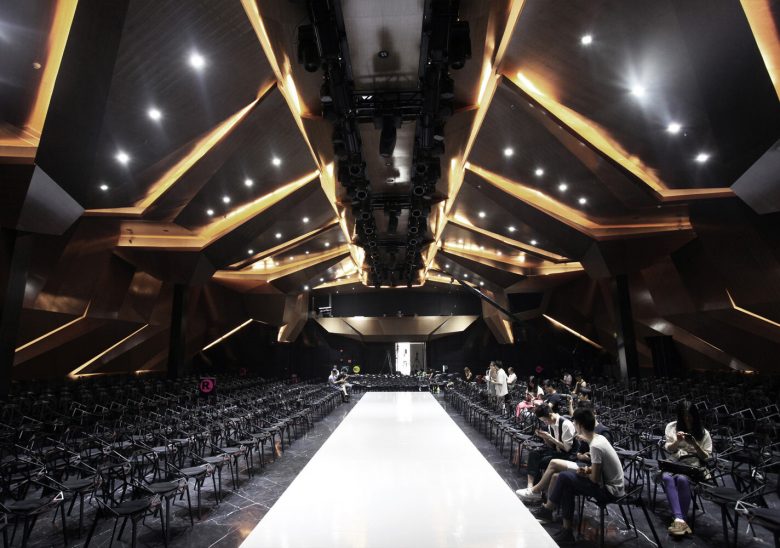
Add to collection
